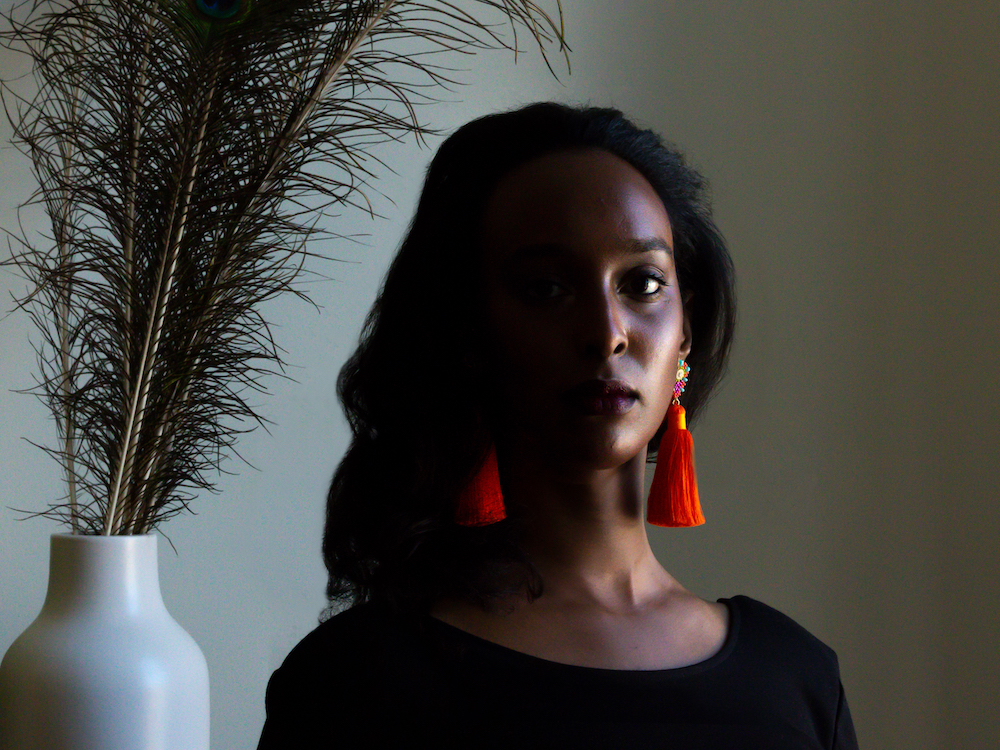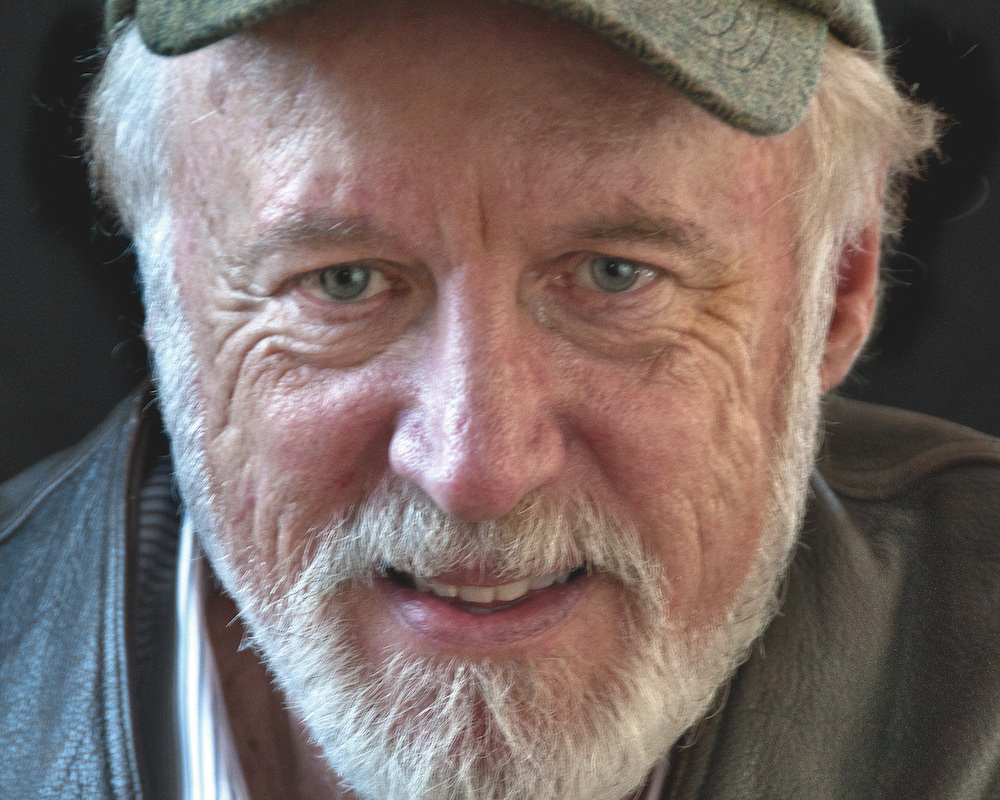The Watch Kalakal Onlinesame live webcam site that brings you Alaska's glorious, salmon-hungry fat bears just turned on its webcam in the northern reaches of Churchill, Canada. This town, famous for the polar bears who regularly stroll down its streets, is ideally situated to watch the glowing, emerald northern lights, aka the Aurora borealis.
The feed can be streamed on explore.org, and the opportunity to witness the lights (from thousands of miles away) has been helped along by the research organizations Polar Bears International and the Churchill Northern Studies Center.
"There are over 300 nights of lights a year in Churchill," said Krista Wright, the executive director of Polar Bears International.
"It's definitely really cool," she said. "You can get lights that are dancing and moving."
But the best time to watch is now, Wright emphasized, specifically during February and March. There tends to be clear, cloudless nights over Churchill this time of year.
And, of course, it's best waiting for darknessup there, which is generally from 10:00 p.m. to 4:00 a.m. ET.
 Northern Lights as seen from the Churchill coast. Credit: Madison Stevens
Northern Lights as seen from the Churchill coast. Credit: Madison Stevens  NOAA's Aurora forecast on Feb. 13, 2020. Credit: noaa / space weather prediction center
NOAA's Aurora forecast on Feb. 13, 2020. Credit: noaa / space weather prediction center Churchill is graced with vivid northern lights because the small Canadian town is located right beneath the Northern Hemisphere's "Auroral Oval," a ring in the atmosphere around the Arctic (there's a ring over the Southern Hemisphere, too).
The spectral lights are created by billions of collisions between charged particles (electrons) from space with gases in our atmosphere. These collisions "excite" the molecules in the atmosphere, and when these molecules release this energy, they emit light.
When enough of these high atmospheric collisions occur, you get the northern lights.
Space and weather agencies can predict where and when the light will likely be most animated. You can see the Space Weather Prediction Center's forecast here, or use an Aurora app (Wright uses My Aurora Forecast).
Embrace the ghostly lights. "It's pretty amazing," said Wright.


